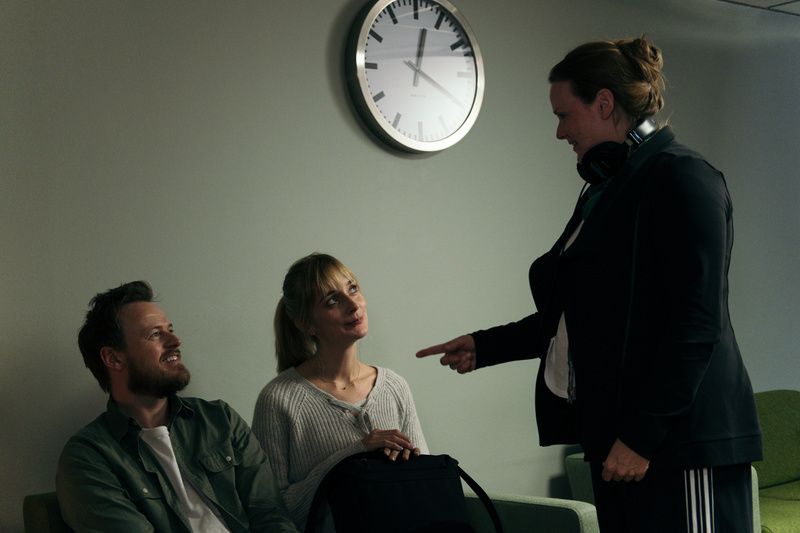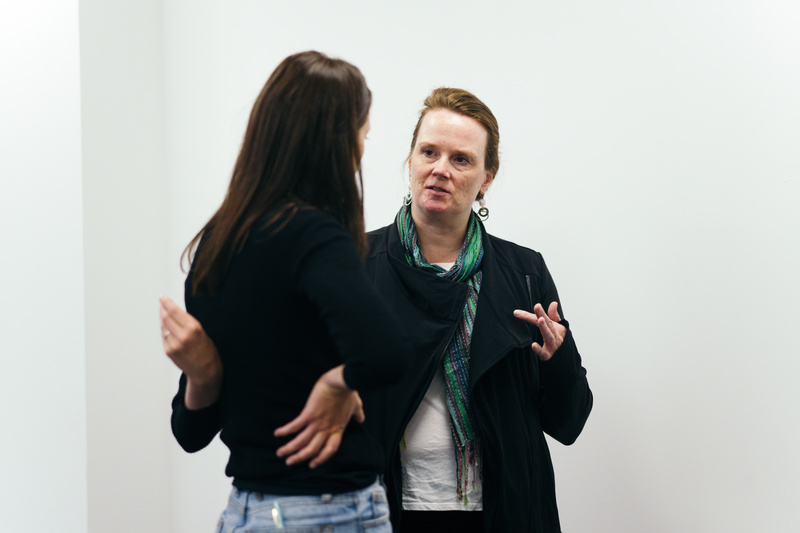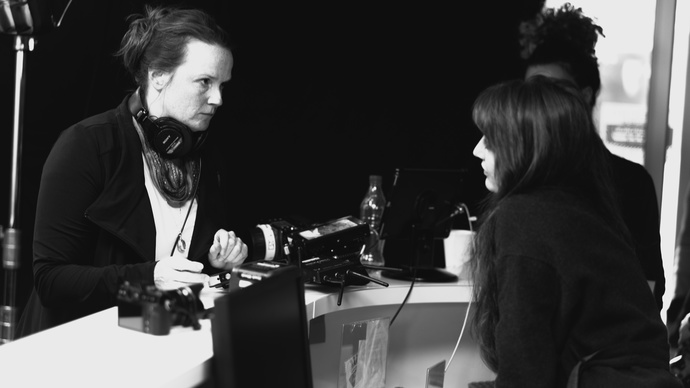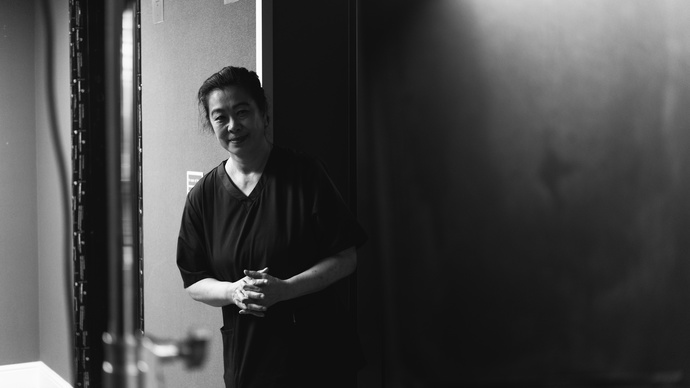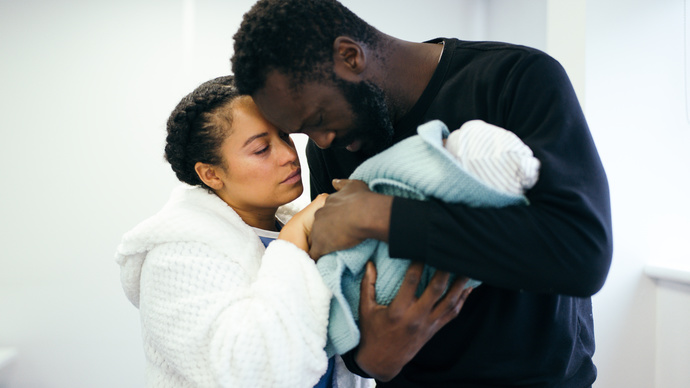
Sharing Triggering Stories in a New Light
- Stillness
Opening Helen’s world through sound and vibration
We asked Rachel what her experience was like – bringing together a cast, crew and story on such a taboo subject.
“The first issue I faced initially was people just not getting it — when I would tell the story of the film, most would recoil in horror and ask: “Why would you want a picture of a dead baby?” I would ask them back: “Why wouldn’t you want a picture of a family member? A daughter, son, cousin, grandchild? It’s still loved, wanted. He/she just happens not to be around for long.” That usually opened people’s minds, but there were and still are a few that found it morbid, or just too sad to consider. I imagine for them there is some personal history that makes it hard to contemplate. Getting really clear on the “why” of the story was a big one for me — this is the photographer's story. It’s about a woman who, for her own personal reasons, her own personal history with loss, gives the gift of her time and talent to another family in pain. She holds the space for them, and by doing so, offers them comfort, and for the father, offers a way into connecting with his son. It comes at a cost to her, it’s uncomfortable and scary. And she is bold, gentle and most of all, present. This is what I hope people will take away from the film. We can all be present for those in pain. It’s rewarding. I promise you.”
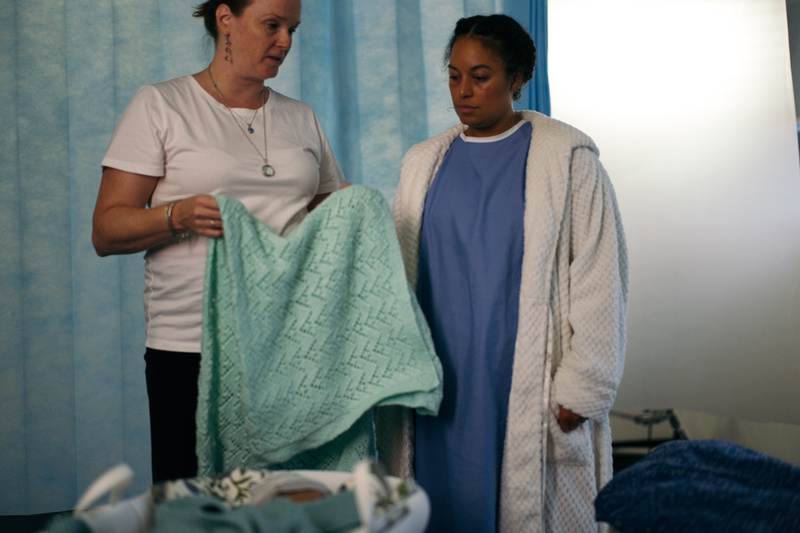
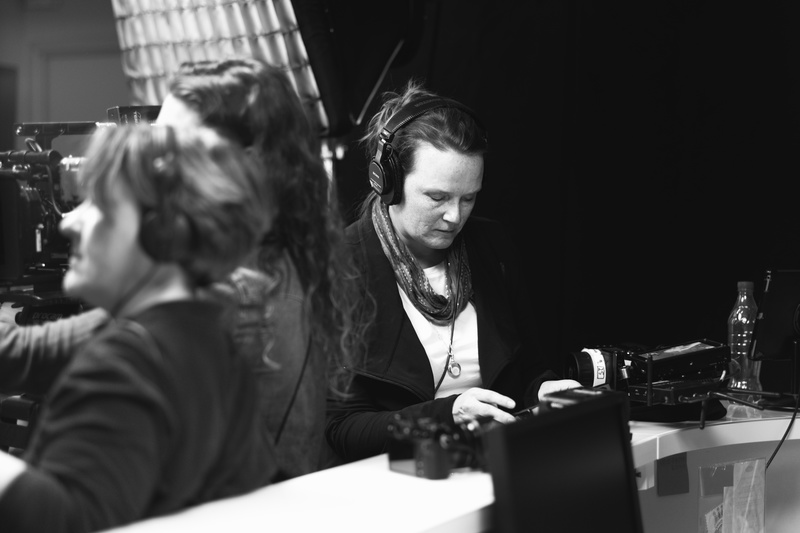
My biggest takeaway – Work with people who know more than you do and learn. I learned so much from Kate Baxter and Eve Cohen. Both guided me through various processes I was a novice at, and gave me the space to find my voice as a writer and a director, without ever taking over. Both connected with the script personally too, and both have been my cheerleaders and champions. Interviewing potential crew members was fascinating! It’s so important to vet people, not just go on your gut feeling and whether or not you connect with them, or like them. I didn’t have any real direct contact with Heather over the casting process — other than a first meet. I was stunned at the high profile names she suggested - mainly because in the States, there is almost no way we would have been able to even get the script to them, the agents/casting directors in the US are hardcore gatekeepers. Here in the UK, there is an openness to working on smaller projects if it sparks something, and to nurture people like me who are pivoting from one medium to another, from one role to another.
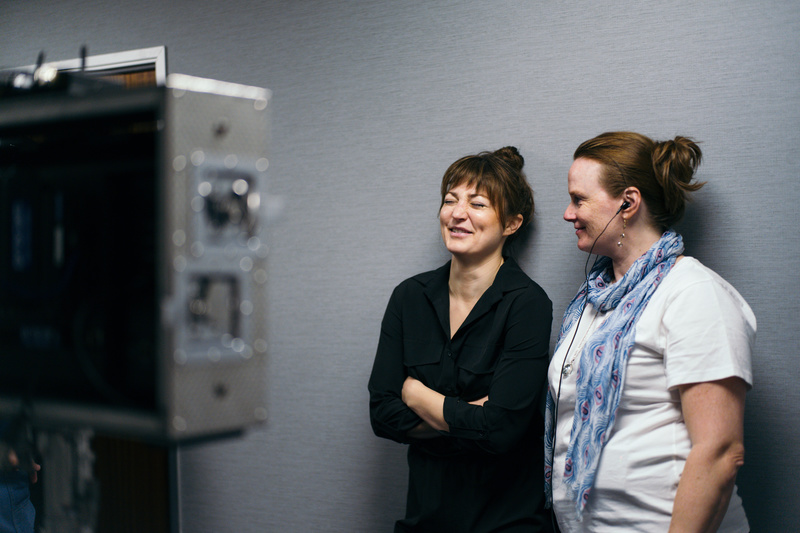
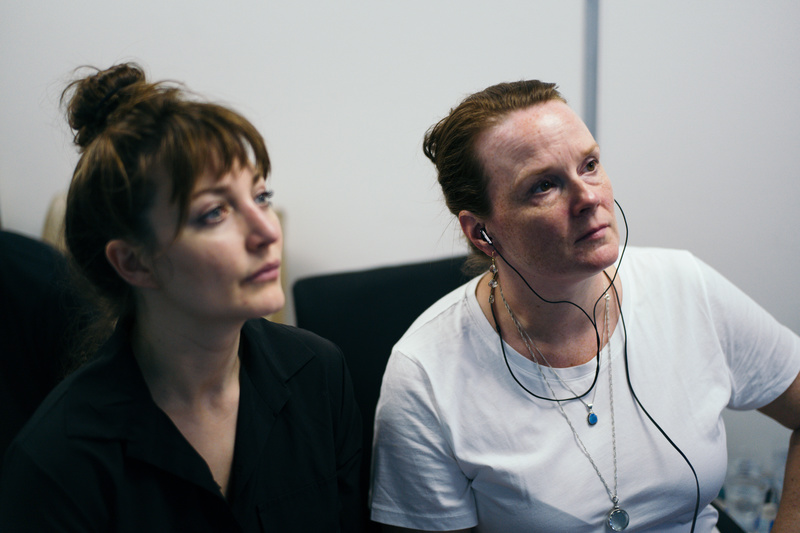
We were so lucky to get all of our cast - each actor brought something unique and deep to their roles, and I mostly just stayed out of their way. Sule was the last to join the team, and to be honest, I really didn’t think he was going to accept the offer, mainly because he was doing a show at the Royal Court at the time, and I imagined he wouldn’t want to spend his day off on set. I am so glad he did! He’s a gorgeous presence in any room, collaborative and vulnerable. He had great chemistry with Caitlin and Rhea as you can see from the film. Working through the edit was a huge joy - this is a quiet film, really digging deep into the moment by moment work of the actors. We combed through the film about 7 or 8 times, I think — making sure we captured every decision - to stay, to move, to speak, to look, to join, to leave, to exhale. Fabrizio and I found a common language, and when lockdown happened, we were still able to edit even remotely.”
